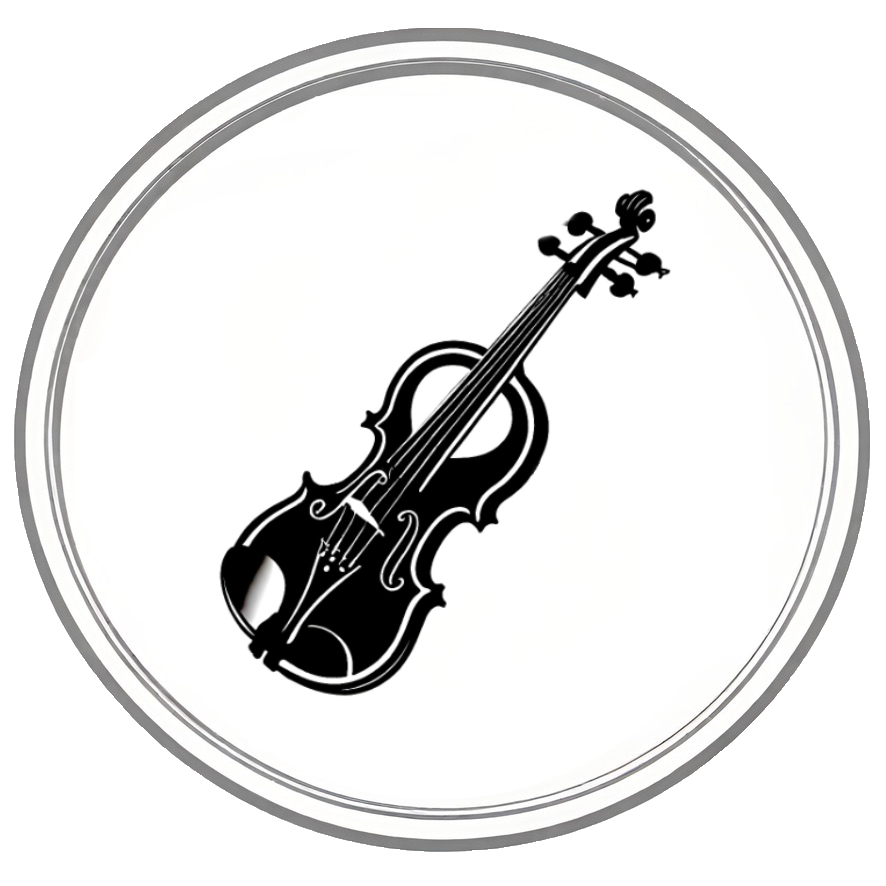Gerardo Matos Rodríguez
La Cumparsita
"La cumparsita" (little street procession, a grammatical diminutive of la comparsa) is a tango written in 1916 by the Uruguayan musician Gerardo Matos Rodríguez, with lyrics by Argentines Pascual Contursi and Enrique Pedro Maroni [es]. It is among the most famous and recognizable tangos of all time. Roberto Firpo, director and pianist of the orchestra that premiered the song, added parts of his tangos "La gaucha Manuela" and "Curda completa" to Matos' carnival march ("La cumparsita"), resulting in "La cumparsita" as it is currently known. "La cumparsita" was first played in public in the old Café La Giralda in Montevideo, Uruguay. The Tango Museum of Montevideo stands currently on that site.
The title translates as "the little parade", and the first version was a tune with no lyrics. Later, Matos Rodríguez produced a version with lyrics that begin: "The parade of endless miseries marches around that sick being who will soon die of grief." However, the most popular version of the song is accompanied by lyrics by Pascual Contursi and is also known as "Si supieras".
Read more: https://en.wikipedia.org/wiki/La_cumparsita
-
CC BY-NC 4.0
Attribution-NonCommercial 4.0 International
You are free to:
Share — copy and redistribute the material in any medium or format
Adapt — remix, transform, and build upon the material
The licensor cannot revoke these freedoms as long as you follow the license terms.
Under the following terms:
Attribution — You must give appropriate credit , provide a link to the license, and indicate if changes were made . You may do so in any reasonable manner, but not in any way that suggests the licensor endorses you or your use.
NonCommercial — You may not use the material for commercial purposes .
No additional restrictions — You may not apply legal terms or technological measures that legally restrict others from doing anything the license permits.
Notices:
No warranties are given. The license may not give you all of the permissions necessary for your intended use. For example, other rights such as publicity, privacy, or moral rights may limit how you use the material.


